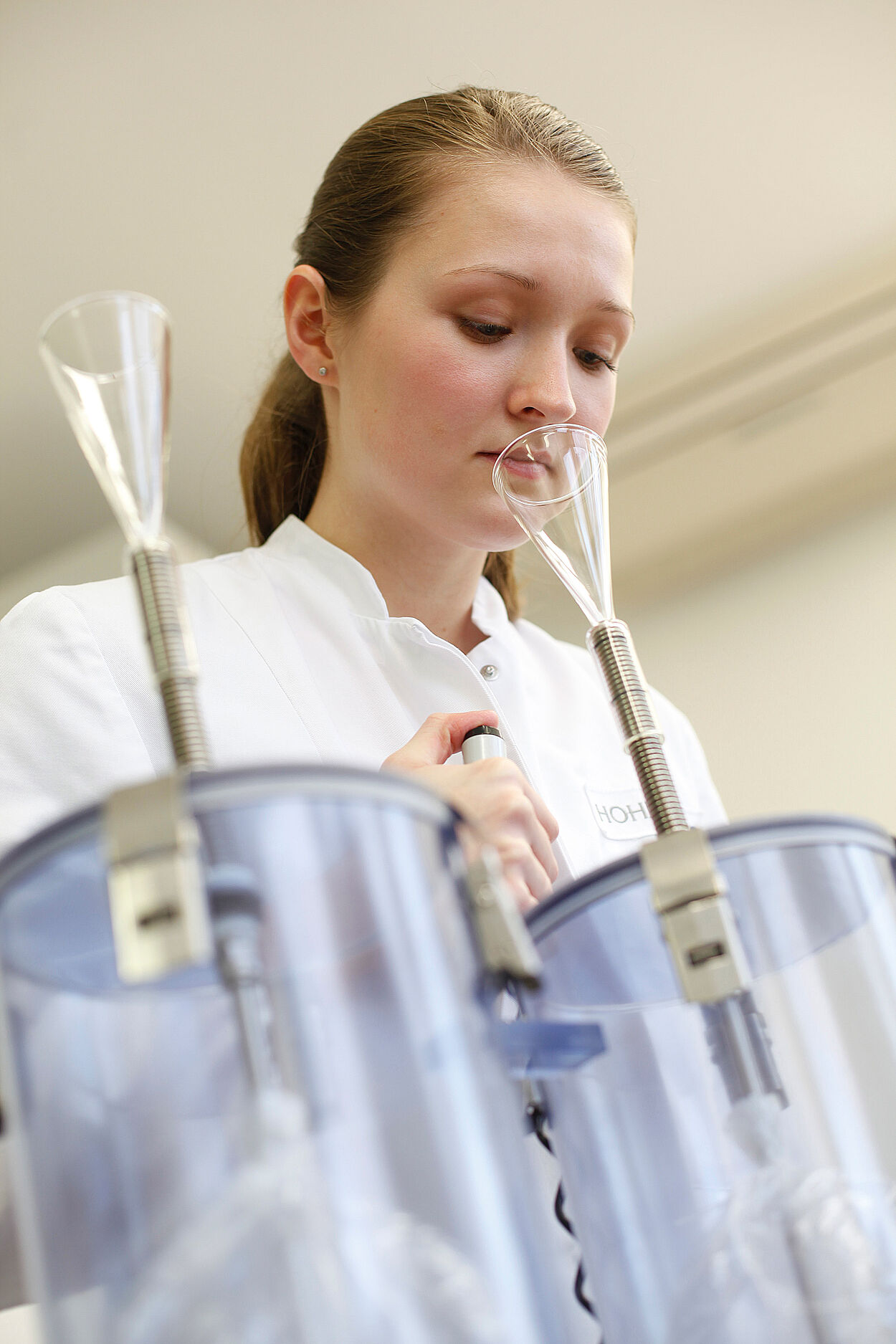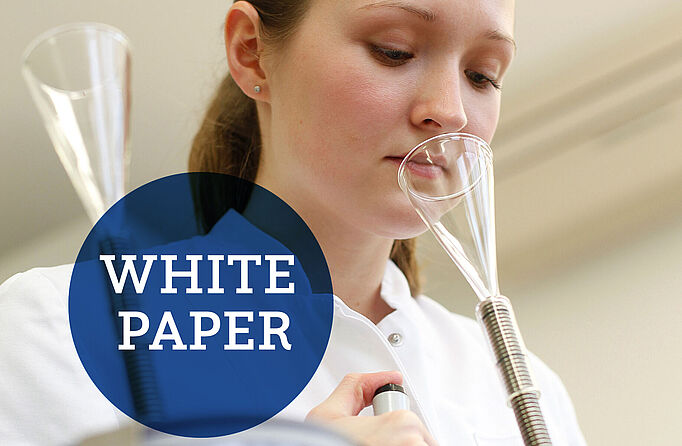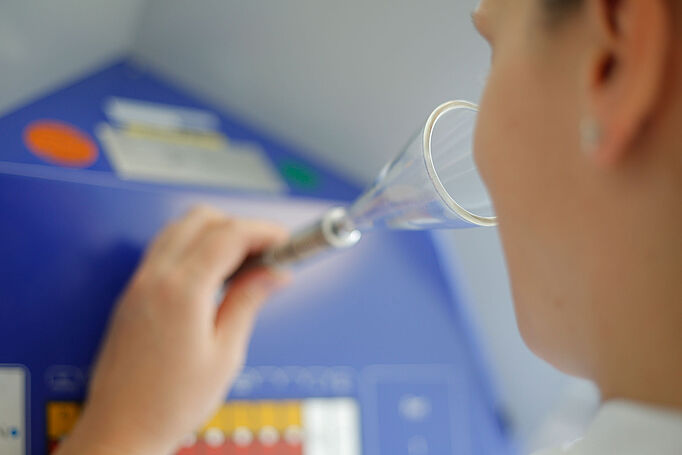Textiles that reduce sweat odour through optimum odour management.
You cannot avoid perspiration during sports or in many work situations. And hot summers as recently show that you cannot even escape it on a normal day with relatively little activity. But this is a good thing. When a person sweats, excess heat is released and the body temperature is regulated. If we did not sweat on hot days, our health would be at risk. For this reason, it is important that textiles provide optimum support for sweat transport. As a textile manufacturer, you are working on optimising the performance of your products so that they transport the sweat away from the body as effectively as possible and, at the same time, reduce sweat odour.
Our test process for first-class results.

As sweat is diffused through the textile, the interaction of bacteria, fluid transport and the adherence and release of odour molecules all affect the level of sweat odour in the textile. We consider all these elements to ensure optimum results in textile odour management.
Be it body-contact clothing for sport and outdoor activities, workwear or furnishings, for example, seating furniture: Hohenstein conducts specific tests to assess the antibacterial effect of your textile-finishing, the release of sweat odour by the textiles and the binding capability of your textile materials to sweat molecules, thus helping you optimise the performance.
We offer you individual and sensibly combined test procedures to determine the reduction characteristics for sweat odour:
- How well, or how poorly, do odour-producing dermal germs multiply on the textile?
- What percentage of the sweat odour molecules adhere to the textile?
- How strongly does the textile actually smell of sweat? This is determined through practical experiments in which test samples are worn by test subjects or an artificial sweat odour simulate is applied. Our trained odour testers then evaluate the intensity of the sweat odour.
Video



